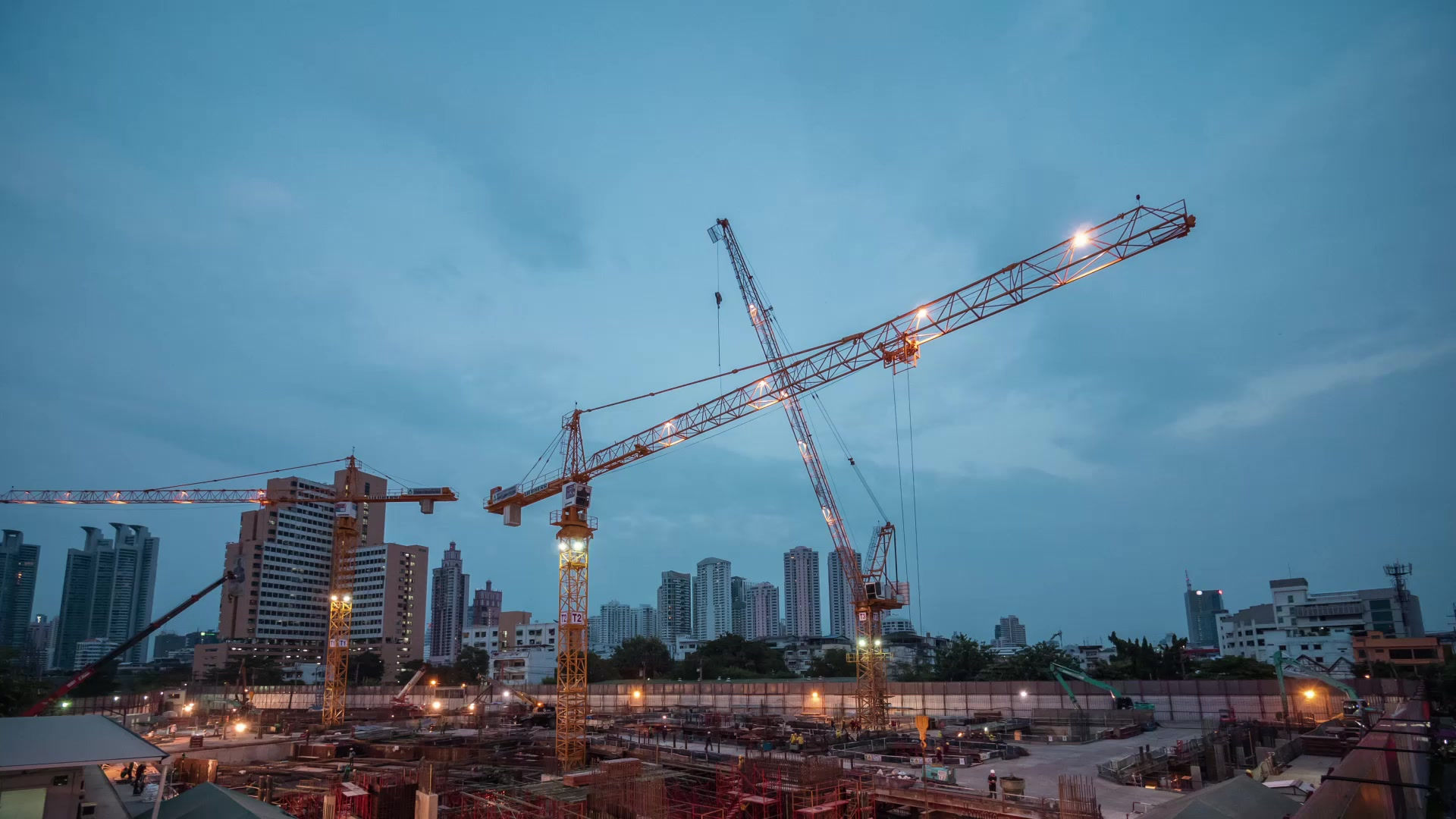Essential Insights for Suppliers in Bulk Fuel Logistics
- kelvinngobiro
- May 2
- 4 min read
Bulk fuel logistics plays a vital role in ensuring that industries, businesses, and communities in Botswana and the wider SADC region have the fuel they need when they need it. From moving large volumes of petrol and diesel across long distances, to safely storing and delivering fuel to end-users, each step requires clear planning, dependable equipment, and strict safety measures.
This guide explains, in straightforward terms, the key points every supplier or transport operator should know about bulk fuel logistics.

What Is Bulk Fuel Logistics?
In simple terms, bulk fuel logistics covers three main activities:
Fuel Transportation: Moving large quantities of fuel—often thousands of liters by tankers, rail, or pipelines.
Bulk Fuel Storage: Holding fuel in large tanks at depots, while keeping it safe from leaks or contamination.
Fuel Distribution and Delivery: Scheduling and carrying out fuel drops to places like mines, service stations, airports, and factories.
In Botswana, where all fuel is imported, having reliable road and rail connections is especially important for an uninterrupted bulk fuel supply.
Main Types of Fuel and Handling Needs
Each type of fuel has its own rules for safe handling:
Gasoline (Petrol): Very flammable; temperature control and sealed containers are a must.
Diesel: Used in heavy vehicles and machinery; needs clear filtering and stable storage to avoid water contamination.
Jet Fuel: Requires extremely clean handling to meet aviation standards.
Heating Oil: Similar to diesel in handling but mostly used in cooler regions.
Knowing these differences ensures your operations meet quality and safety standards.

Staying Safe and Compliant
Safety and following the rules are non-negotiable in fuel logistics. In Botswana and the SADC region:
Regulations: Follow guidelines from Botswana’s Energy Regulatory Authority (BERA) and SADC transport rules for dangerous goods.
Trained Staff: All drivers must have the proper hazardous-goods permit, and staff should know fuel delivery best practices and spill-response steps.
Equipment Checks: Regularly inspect tankers, hoses, pumps, and storage tanks to avoid leaks or breakdowns.
Emergency Plans: Keep clear, written procedures for fires, spills, and other incidents, and ensure local response teams know your site.
A strong safety program protects people, the environment, and your bottom line.
Essential Equipment
Your success in fuel hauling services depends on reliable gear:
Tankers: Choose ADR-compliant trucks if you cross borders; check valves and seals often.
Storage Tanks: Use tanks with leak-detection systems and secondary barriers.
Pumps & Hoses: Opt for high-quality parts to prevent drips and ensure smooth transfers.
Monitoring Tools: Simple tank gauges or more advanced SCADA systems help track fuel levels in real time.
Regular maintenance ideally during slower seasons—keeps equipment ready for peak demand.
Managing Stock and Delivery Times
Balance is key between having enough fuel on hand and not tying up too much capital:
Live Tracking: Use GPS for trucks and sensors for tanks to know exactly where and how much fuel you have.
Safety Stock: Keep a buffer (10–15% above expected needs) to cover any delays.
FIFO (First In, First Out): Use the oldest fuel first to maintain quality.
Plan Lead Times: Factor in transport times from ports like Maputo or Durban, plus border checks, to meet customer schedules.
With accurate planning, you avoid last-minute rushes and overstocking.
Controlling Costs
Smart cost management helps you stay competitive:
Route Planning: Efficient routes save fuel and cut mileage.
Preventive Maintenance: Fix small issues before they cause big problems.
Bulk Purchasing: Negotiate volume discounts with suppliers, such as SAVA.
Proper cost controls let you offer fair prices and maintain healthy margins.
Using Technology to Your Advantage
Tech tools make fuel distribution smoother and more transparent:
Fleet Management: Track vehicles, monitor driver behavior, and optimize routes.
Automated Alerts: Get real-time warnings for low stock or equipment faults.
Digital Records: Use simple digital logs instead of paper for loading and delivery records—it speeds up audits and border crossings.
Investing in easy-to-use tools pays off in efficiency and reliability.

Building Strong Customer Relationships
Repeat business comes from trust and clear communication:
Regular Updates: Send customers ETAs and confirm deliveries.
Flexible Services: Offer rush orders or special handling when needed.
Reliable Performance: Consistently meet delivery schedules and fuel quality standards.
Great service keeps clients coming back and recommending you to others.
Answering Key Questions
How to Start a Bulk Fuel Delivery Business in Botswana
Research the market and outline your services.
Register with BERA and secure necessary permits.
Obtain ADR-compliant tankers and storage if needed.
Partner with suppliers, SAVA or private marketers.
Train your team in safety and use tracking tools.
Key Steps in Bulk Fuel Logistics for Beginners
Define your delivery area and service times.
Set up safety protocols and maintenance schedules.
Implement simple tracking for inventory and shipments.
Challenges in Transporting Bulk Fuel Safely
Poor roads and long distances.
Border delays and paperwork.
Environmental and accident risks.
Planning ahead and following best practices help you handle these challenges.
Conclusion
Bulk fuel logistics in Botswana and the SADC region may seem complex, but with clear processes, dependable equipment, and a focus on safety and customer service, you can run an efficient, profitable operation. From fuel transportation to bulk fuel storage, every detail matters. Start with these straightforward guidelines, adapt them to your needs, and you’ll be well on your way to success.

Comments